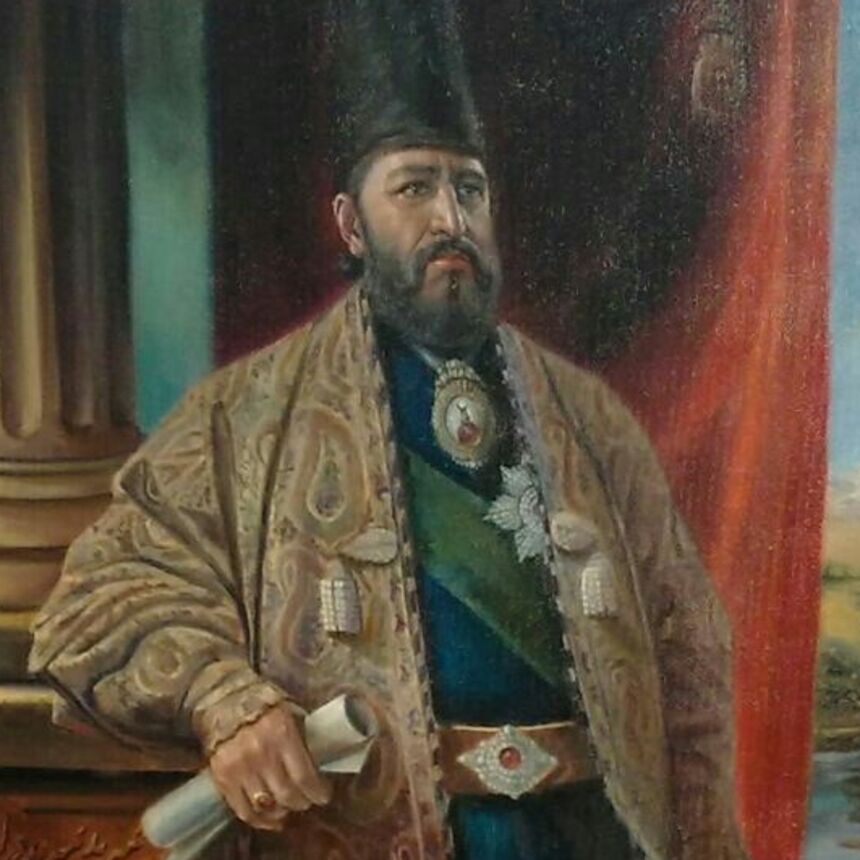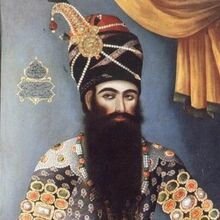
Personal
Other names:
Amir Kabir
امیرکبیر
Job / Known for:
Prime Minister of Iran and modernizer
Left traces:
Dar ul-Funun, first Iranian newspaper and...
Born
Date:
1807-01-09
Location:
IR
Hazaveh, Arak, Iran
Died
Date:
1852-01-10 (aged 45)
Resting place:
IR
Death Cause:
Assassination
Family
Spouse:
Jan Jan Khanom and Ezzat ed-Dowleh
Children:
Taj ol-Molouk, Hamdam ol-Molouk, and three others
Parent(s):
Karbalayi Ghorban Ashpazbashi and Fatemeh Khanom
QR Code:
 My QR code:
Amir Kabir - Mirza Taghi Khan Farahani
https://DearGone.com/10176
My QR code:
Amir Kabir - Mirza Taghi Khan Farahani
https://DearGone.com/10176
Key Ownner:
Not yet supported by key owner
Show More
Rank
Users ranking to :
Thanks, you rate star
Ranking
5.0
1
Fullname NoEnglish
میرزا تقیخان فراهانی - امیرکبیر
Slogan
He who has a thousand friends has not a friend to spare, he who has a enemy will meet him everywhere
About me / Bio:
Show More
Article for Amir Kabir - Mirza Taghi Khan Farahani
Died profile like Amir Kabir - Mirza Taghi Khan Farahani
Comments:




